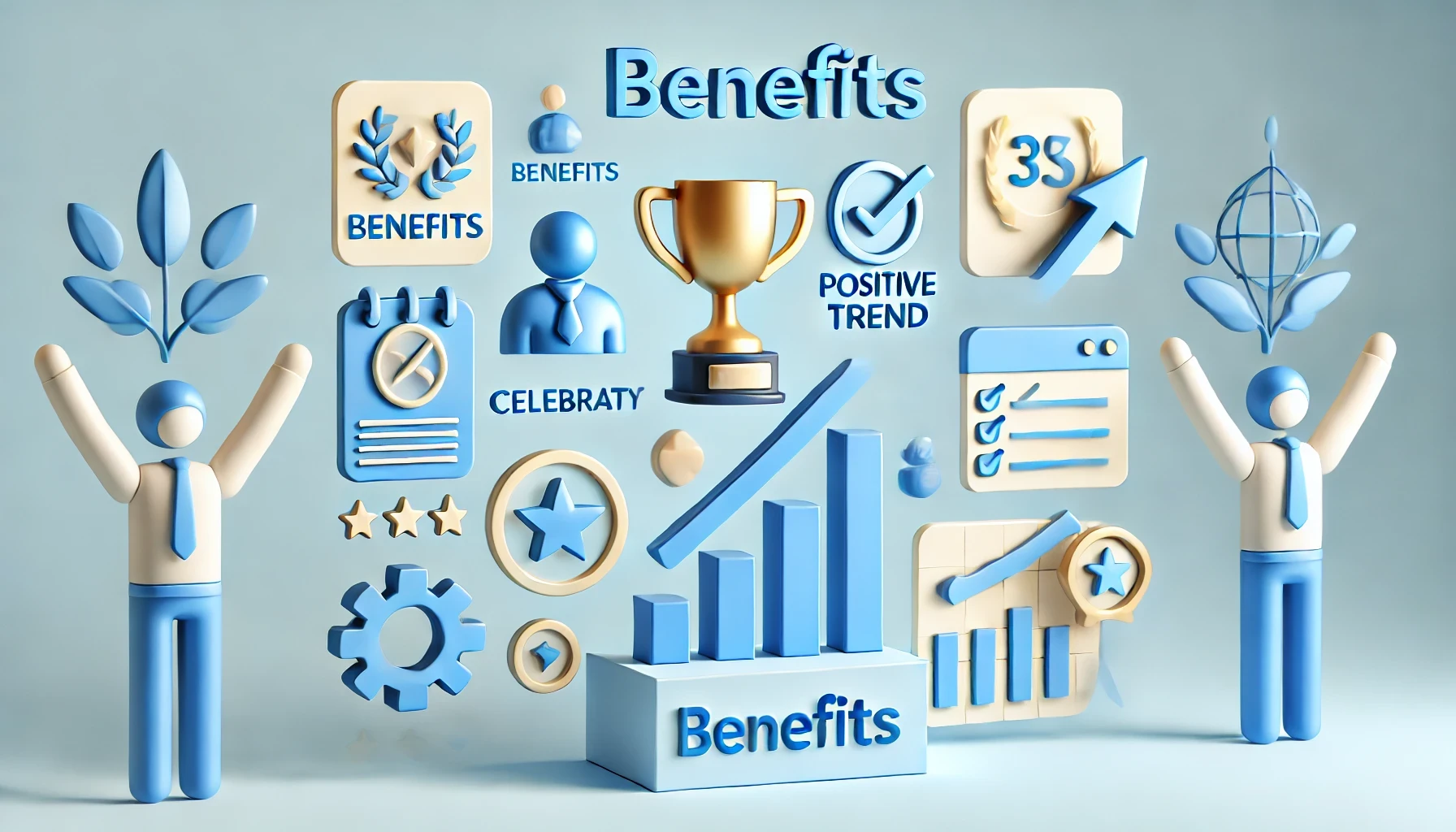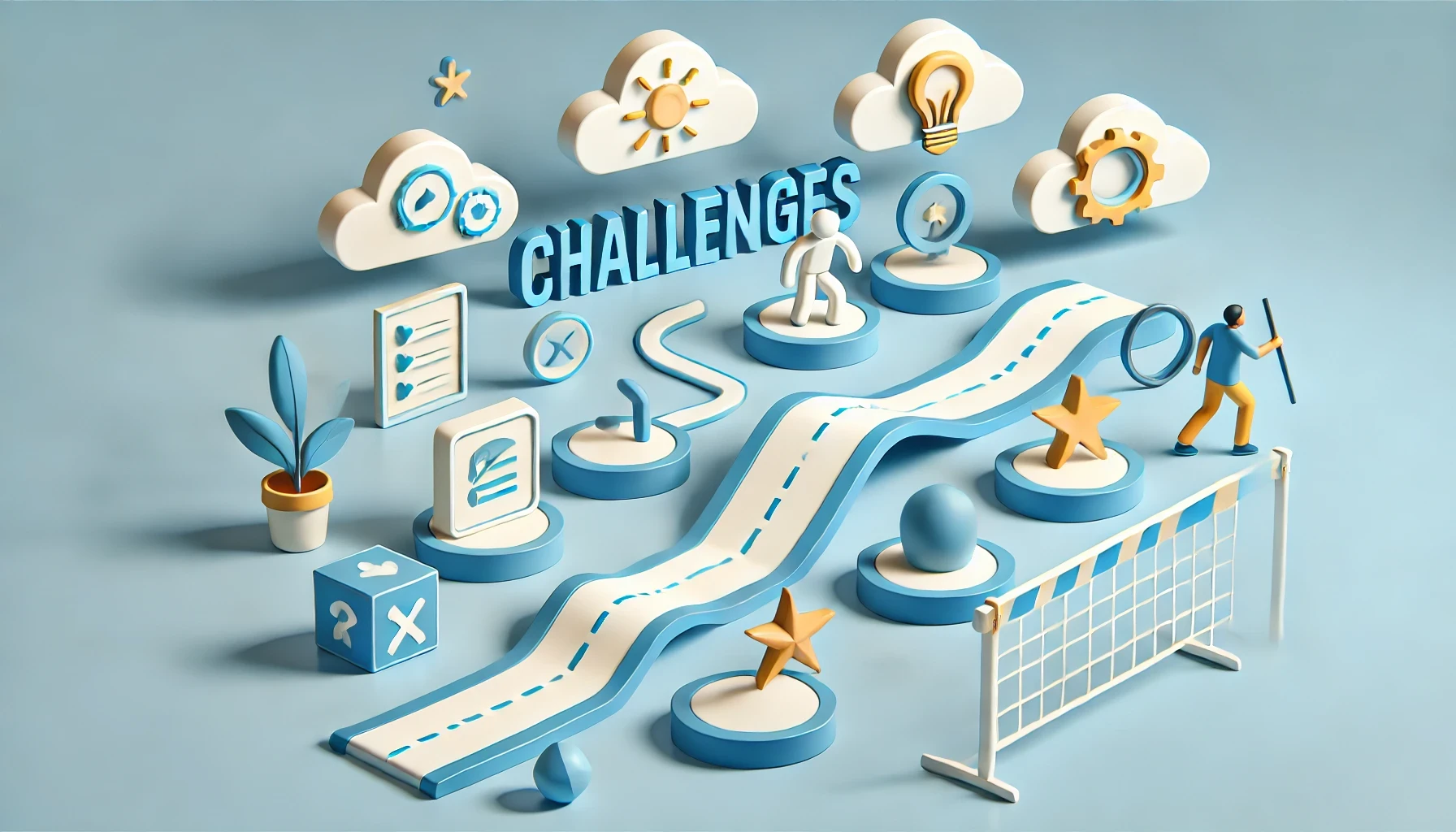Principles of Lean Project Management

Lean Project Management is a methodology designed to maximize customer satisfaction by minimizing waste and improving efficiency. By applying the principles of Lean Manufacturing to project management, organizations can achieve the same benefits that manufacturing has seen—delivering more value while reducing waste. Unlike traditional project management, which separates planning from execution, Lean Project Management integrates these phases to enable faster delivery and greater focus on customer value.
This approach not only enhances project efficiency but also ensures that resources are used optimally, leading to better project outcomes. By understanding and implementing Lean principles, project managers can significantly improve their workflow and deliver superior results.
What is Lean Project Management?
Lean Project Management is an approach that emphasizes the elimination of waste, continuous improvement, and the delivery of value to the customer. It is centered around understanding what constitutes value from the customer’s perspective and ensuring that every step in the project process adds value. Lean Project Management involves using various tools and techniques to identify and eliminate inefficiencies, ensuring that resources are used optimally.

Core Principles of Lean Project Management
- Value: Define what value means to the customer and ensure that every project activity contributes to delivering this value. This involves understanding the customer’s needs and expectations in detail. Regularly revisiting and validating what constitutes value ensures that the project remains aligned with customer requirements.
- Value Stream: Map out all the steps in the project process and identify which add value and which do not. This helps in pinpointing areas of waste. By visualizing the entire process, teams can identify and eliminate non-value-adding activities. Regular reviews of the value stream map help in continuously improving the process.
- Flow: Ensure that the value-adding steps flow smoothly without interruptions or delays. This involves eliminating bottlenecks and optimizing the workflow. Maintaining a steady flow of work prevents accumulation of work-in-progress, leading to more predictable project timelines. Continuous monitoring of flow ensures that any disruptions are promptly addressed.
- Pull: Work on tasks based on demand rather than pushing tasks forward regardless of need. This ensures that resources are allocated effectively and tasks are completed just in time. Adopting a pull system helps in preventing overproduction and resource wastage. It also allows for more flexible and responsive project management, adapting to changes in demand.
- Perfection: Strive for continuous improvement by regularly assessing processes and seeking ways to eliminate waste and enhance value delivery. This principle encourages a culture of ongoing learning and adaptation. By fostering an environment where feedback is actively sought and utilized, organizations can achieve incremental improvements over time.
Tools and Techniques for Lean Project Management
Lean Project Management utilizes various tools and techniques to implement its principles effectively:
Kanban Boards: Kanban boards are visual tools that help teams manage their work by displaying tasks in different stages of completion. This tool allows teams to visualize the workflow, identify bottlenecks, and optimize task management to ensure a smooth flow of work.
5S Methodology: The 5S methodology is a systematic approach to workplace organization. It involves five steps: Sort, Set in order, Shine, Standardize, and Sustain. This methodology helps in creating a clean, organized, and efficient work environment, which is crucial for eliminating waste and enhancing productivity.
Just-In-Time (JIT) Production: Just-In-Time production is a strategy that ensures that materials and resources are delivered exactly when needed, minimizing inventory costs and reducing waste. In project management, JIT helps in aligning resources with project needs, ensuring that tasks are completed efficiently without unnecessary delays.

Benefits of Lean Project Management
- Increased Efficiency: By eliminating waste and optimizing processes, lean project management enhances overall efficiency.
- Improved Quality: Continuous improvement and a focus on value ensure that the project deliverables meet or exceed customer expectations.
- Cost Reduction: Lean principles help in reducing unnecessary costs associated with waste, leading to significant cost savings.
- Enhanced Team Productivity: Clear workflows and organized processes enable teams to work more effectively, boosting productivity.
- Better Customer Satisfaction: Delivering value consistently ensures that customer needs are met, leading to higher satisfaction and loyalty.

Challenges and Limitations of Lean Project Management
- Cultural Resistance: Implementing lean principles often requires a cultural shift, which can be met with resistance from team members accustomed to traditional project management methods.
- Initial Implementation Costs: While lean project management leads to cost savings in the long run, the initial implementation of lean tools and training can be costly.
- Continuous Monitoring: Lean project management requires continuous monitoring and improvement, which can be resource-intensive.
- Adaptability: Lean principles may need to be adapted to fit different project environments and industries, which can be challenging.
The Difference Between Agile and the Lean Development Methodology
While both Agile and Lean methodologies aim to enhance efficiency and deliver value, there are key differences between them. Agile focuses on iterative development and flexibility, allowing for frequent changes and adaptations based on feedback.
Lean, on the other hand, emphasizes eliminating waste and optimizing processes to deliver value continuously. Agile is more suited to software development projects where requirements evolve, while Lean can be applied to a broader range of industries focusing on process improvement.
How Project Manager Helps With Lean Project Management
- Workflow Visualization: Project Manager provides Kanban boards that allow teams to visualize their work, making it easy to see the progress of tasks and identify bottlenecks.
- Task Management: The tool enables efficient task management, helping teams prioritize tasks based on demand and ensuring that resources are allocated effectively.
- Resource Allocation: Project Manager offers features to manage and allocate resources optimally, ensuring that tasks are completed just in time without unnecessary delays.
- Continuous Improvement: Project Manager includes tools for monitoring performance, gathering feedback, and implementing changes, supporting the principle of continuous improvement.
- Streamlined Processes: By integrating lean principles with robust project management features, Project Manager helps teams streamline processes, eliminating waste and enhancing efficiency.
- Consistent Value Delivery: The tool ensures that every project activity contributes to delivering value, aligning with lean principles to meet customer needs effectively.
By leveraging these features, Project Manager facilitates the implementation of lean project management, helping teams work more efficiently and deliver higher quality outcomes.
Lean Project Management is a powerful methodology that focuses on maximizing value and minimizing waste. By implementing lean principles and utilizing tools such as Kanban boards, the 5S methodology, and Just-In-Time production, organizations can enhance efficiency, improve quality, and reduce costs.
While there are challenges in implementing lean project management, the benefits it offers make it a valuable approach for delivering successful projects. Tools like Project Manager can further support lean project management efforts, enabling teams to achieve continuous improvement and deliver exceptional value to customers.

